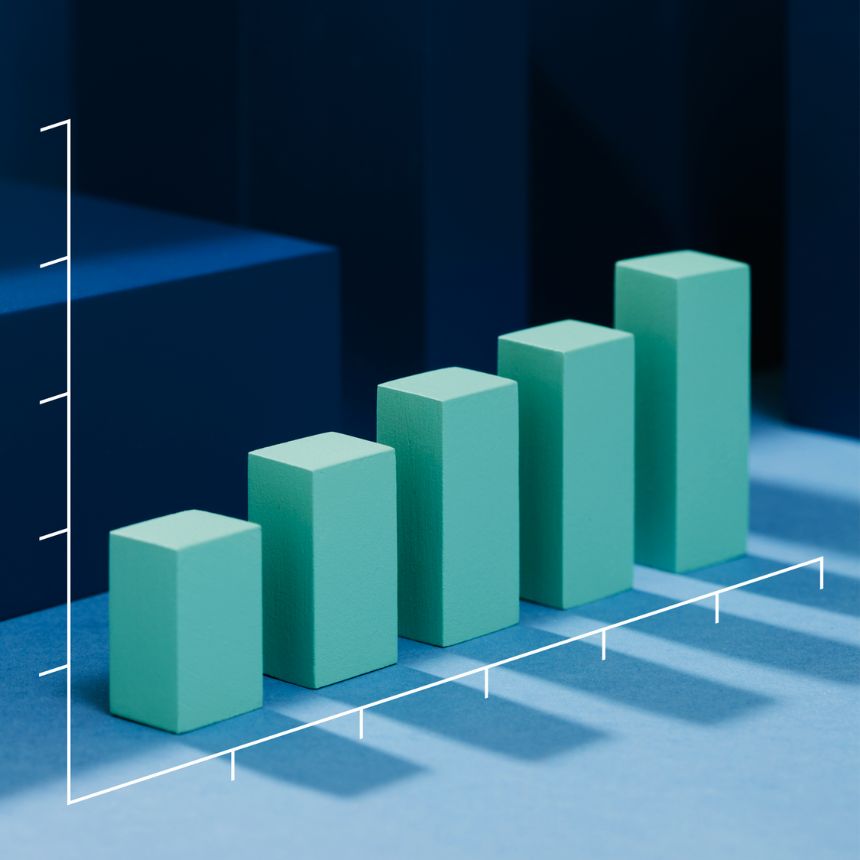In our recent ‘Protect your brand’ webinar we received a lot of great questions about the different aspects of brand safety. (If you missed it, you can access the recording here.) In this blog post, we’re answering your questions specifically around fake news.
What is fake news?
Fake news counts as sites that are creating and/or distributing content that is inaccurate as news. It is worth noting that controversial content, whether that it is inaccurate reporting or opinion is sometimes treated as the same thing and referred to as “fake news”.
How do you detect that news is fake?
Fake news is a complicated and wide-ranging problem. Part of the motivation for fake news is obviously to drive traffic, and one of the ways that happens is through employing incendiary language. Extremely controversial headlines get readers attention and provoke a reaction. In this instance IAS’ brand safety model for content flagged as offensive language, or hate speech would detect this and a brand would be protected.
Another commonly seen example of fake news, is seemingly legitimate content that happens to be not true, or is misleading. This type of fake news is more a fact checking pursuit and that is why the industry as a whole needs to come to an agreement on how this will be tackled. There’s a lot of good work going on both at the policy and regulatory level, as well as at the platform level in terms of helping users understand where there’s fact checking in news sources and where there’s not. An example of this is Facebook providing tips for users on how to spot fake news.
How is IAS battling brand safety and fake news?
Brand safety is not a new problem, there are good solutions already in the marketplace to tackle brand safety issues effectively. Recently there have been growing concerns around brand safety and how we approach this challenge as an industry. The risks to brand safety are not going away anytime soon, so the industry must keep working together to find a solution. Fake news is the latest pain point in the brand safety conversation. There’s confusion in the industry as to what constitutes as fake news and what is just merely misleading information.
IAS can effectively tackle the controversial side of fake news, for example hate speech and offensive language. The wider advertising industry is undertaking research to be able to identify fake news, rather than simply articles with poor misleading content. We see a lot of the challenges are impacting ad tech platforms, so they should be especially aware of the steps being undertaken.
The IAS data science team are also compiling research; we are constantly evolving our technology to provide the market with innovative solutions to address new industry challenges. Products will always be improved and updated, but what is available in the market today is extremely effective at dealing with brand safety and fake news.
Learn more about our brand safety solution here.
 Share on LinkedIn
Share on LinkedIn Share on X
Share on X


